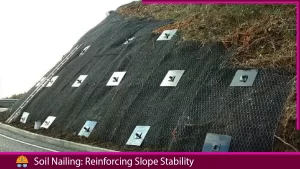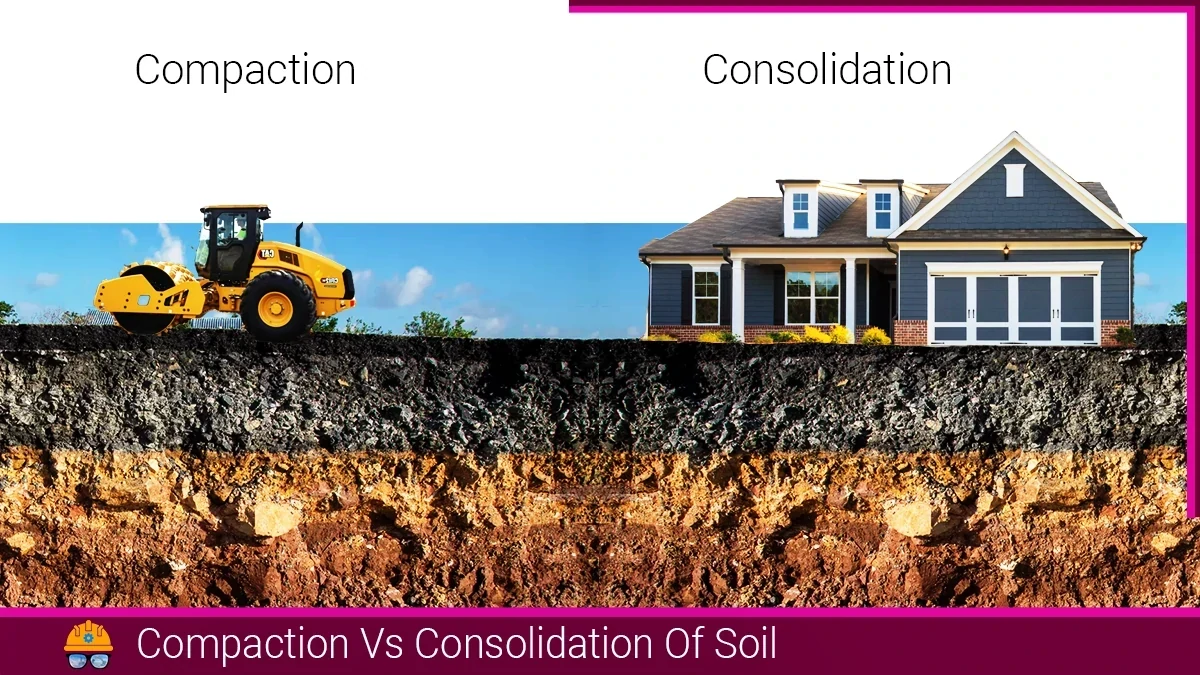The Atterberg limits are a basic measure of the critical water contents of fine-grained soil: its shrinkage limit, plastic limit, and liquid limit. The behaviour of soil is defined by Albert Atterberg in 1911 and the soil test was established by A. Casagrande in 1949.
Atterberg Limits of Soil
The Atterberg limits define the boundary between different states of fine-grained soils. The different states in clays are liquid, plastic, semisolid, and solid. These limits are the oldest and most widely accepted index parameters of all the engineering tests on fine soils and are used for a variety of engineering purposes, including soil classification, earthwork specifications, and as aids in estimating engineering properties of soils.
The plastic limit of soil is the boundary between its plastic and semi-solid states. The plastic limit of soil is defined as the water content at which the soil begins to crumble when rolled into a thread of 3mm in diameter.
The liquid limit is defined as the water content at which a groove cut into the soil pat in the standard liquid limit device requires 25 blows to close along a distance of 13mm.
Atterberg limits and grain size distribution results may be combined to collect information about the nature of soils.

Where PI is the plasticity index of the soil, and the per cent clay fraction is the percentage of soils smaller than 0.002 mm. Activity indicates the relationship between mineral composition, specific surface, percentage of clay fraction, and the plasticity index of soils.

Standard Test Method
The liquid and plastic limit tests are described in ASTM D4318, the standard test method for liquid limit, plastic limit, and plasticity index of soils. There are two methods presented in ASTM D4318 for determining the liquid limit method A and method B. Method A requires at least three liquid limit determinations, and method B uses the average liquid limit from two trials as the liquid limit.
FAQs:
Q: What is the Atterberg Limit of Soil?
Ans: The Atterberg limits define the boundary between different states of fine-grained soils. The different states in clays are liquid, plastic, semisolid, and solid. These limits are the oldest and most widely accepted index parameters of all the engineering tests on fine soils. They are used for various engineering purposes, including soil classification, earthwork specifications, and as aids in estimating engineering properties of soils.
Q: What is the plastic limit of soil?
Ans: The plastic limit of soil is defined as the water content at which the soil begins to crumble when rolled into a thread of 3mm in diameter.



